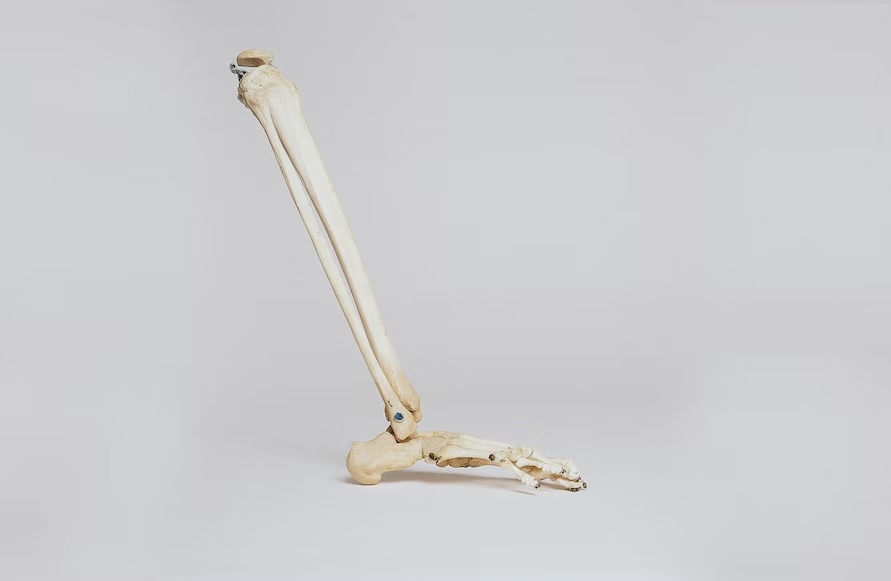It’s a condition that affects one in ten people in the UK – that’s the same amount of women who experience postnatal depression after the birth of their baby. But how much do you know about restless legs syndrome? It may sound self-explanatory, and perhaps on the face of it, relatively harmless, but it is a neurological disorder that can in its worst form be considerably painful and even lead to depression. So what exactly is it, what are the symptoms and how can it be treated? We tell you everything you need to know about restless legs syndrome.
What is restless legs syndrome?
The condition also known as Willis-Ekbom disease, causes the sufferer to twitch or shake their legs uncontrollably, or at a considerably more than is usual in order to gain some temporary relief. It is a fairly common condition caused by the nervous system, creating an irresistible urge to move. Women are reportedly twice as likely to experience the condition than men, and the syndrome more frequently occurs in those who are middle-aged, though why is still unknown. However, restless leg syndrome can occur and develop at any age, including childhood.
At best, it can be a mild irritant- after all, feeling the need to shuffle constantly in your chair can be annoying, as well as potentially embarrassing if you are at work and getting a few odd glances. At worst, people can experience severe sleep deprivation as a result of the pain, or the constant need to move meaning that the person can never get quite comfortable in bed. The condition can also lead to anxiety, and as previously mentioned in the worst cases, it has been known to lead to depression.
What causes restless legs syndrome?
In the majority of cases, there is no obvious underlying cause that results in restless leg syndrome. However, there are certain instances where it can be caused.
- Occasionally, restless leg syndrome may be caused by an underlying health condition such as anaemia or kidney failure.
- Restless leg syndrome can be quite common in pregnancy. Around 1 in 5 pregnant women report symptoms in the latter stages of their pregnancy, usually in the last three months, and then tends to disappear once the woman has had the baby.
- Some neurologists believe the condition could be related to dopamine levels, and how well your body handles it. Dopamine is important for controlling muscle movement within the body, and mild dopamine dysfunction may be sending a signal to the brain that there is an irritation in the foot or leg, causing you to twitch and your legs to contract.
What are the symptoms?
Symptoms can vary from person to person, but here is a list of some of the most common:
- An uncomfortable feeling in your legs. This can vary from person to person: some report a crawling sensation, a nagging ache or itchiness and fidgeting constantly. Others report a deeply painful feeling in their legs.
- The sensation is relieved by movement, whether it be walking, massaging or stretching.
- The symptoms usually return once resting.
- It affects both legs, and sometimes arms too.
- The need to move your legs comes on when resting and worsens over the course of the day.
- Symptoms are at their worst at night.
- Finding it difficult to get to sleep or remain asleep due to the compulsion to move.
How is it diagnosed?
There is currently no single test for confirming restless legs syndrome, but your GP should be able to diagnose the condition. It will be based on whether you have experienced the aforementioned symptoms and considered alongside your medical and family history and a physical examination.
If there is uncertainty as to whether it is restless legs syndrome, your doctor may refer you to a neurologist for confirmation or further tests. This may include a blood test, to confirm the condition or to rule out other conditions such as diabetes or kidney function problems or low iron levels.
It may also include a sleep test being conducted if sleep is being severely disrupted – this is called an immobilisation test. In any case, your specialist is likely to assess your symptoms based on:
- How unpleasant the symptoms are.
- The frequency of the symptoms.
- The effect on your day to day life.
- The impact on your sleep, and if it has disrupted sleeping patterns.
How can restless legs syndrome be treated?
Any treatment for restless legs syndrome will be dependent on a case by case basis, dependent upon the severity of the symptoms. If the symptoms are mild and not linked to an underlying health condition, your GP may recommend certain lifestyle changes that can improve restless legs syndrome such as:
- Not smoking.
- Avoiding other stimulants such as caffeine and alcohol.
- Taking daily regular exercise, but at least three hours before bedtime.
- Avoiding naps during the day.
- Having an established sleeping routine, getting up and going to bed at roughly the same time every day.
- Relaxation exercises, such as yoga.
- Taking hot baths in the evening or applying a hot compress to leg muscles during an episode of restless legs syndrome.
Medication
Medication may be suggested to you by your specialist if the symptoms of restless leg syndrome happen frequently and are particularly painful. You may be recommended dopamine agonists such as ropinirole or pramipexole which work to increase dopamine levels in your body.
Occasionally, taking these medications can have side effects that you should be aware of in the event of them happening. This can include:
- Sleepiness, so it is important to be extra cautious when driving.
- Headaches.
- Nausea.
- Dizziness.
In addition, if restless leg syndrome is particularly severe you may be offered a mild opiate-based painkiller such as tramadol to relieve the pain. You may also be recommended a short-term dose of medication if restless legs syndrome is severely affecting your ability to sleep. You may be offered temazepam, which has similar side effects as dopamine agonists.

